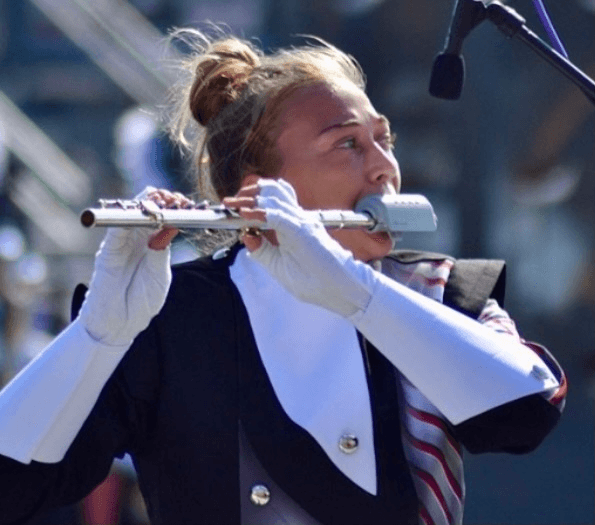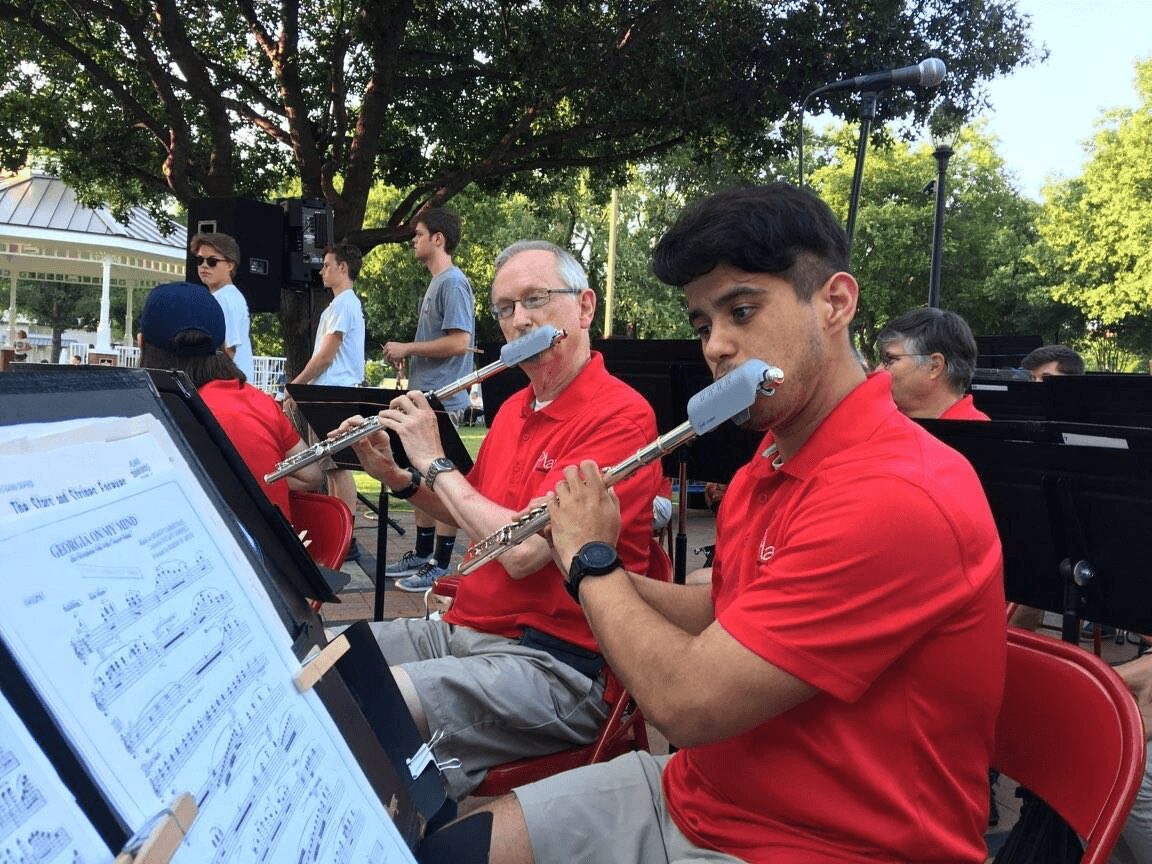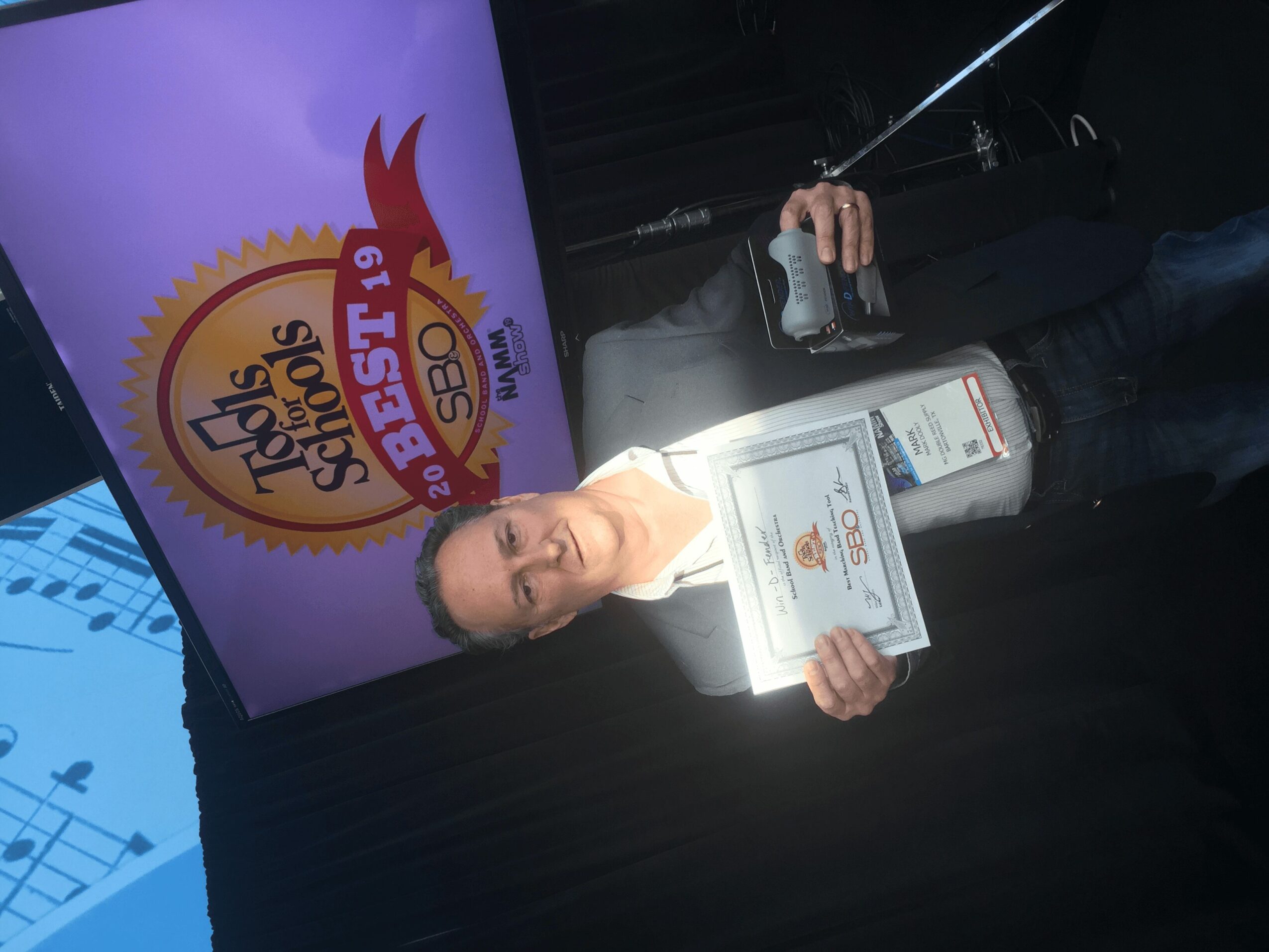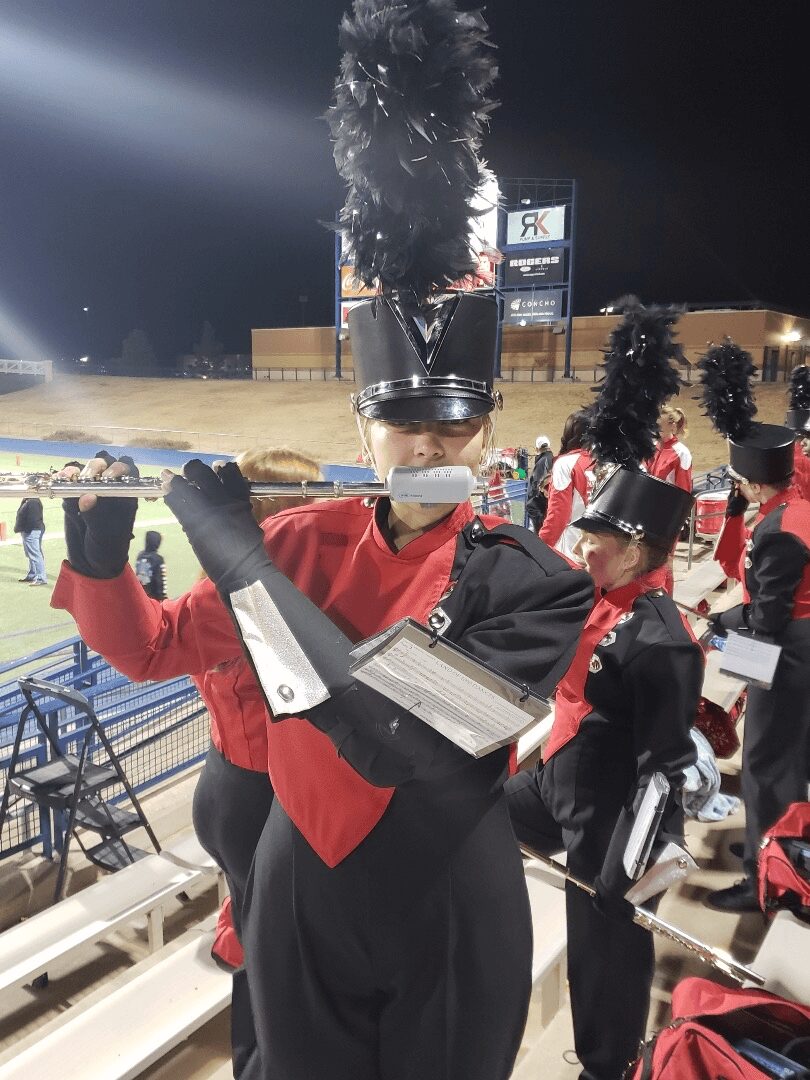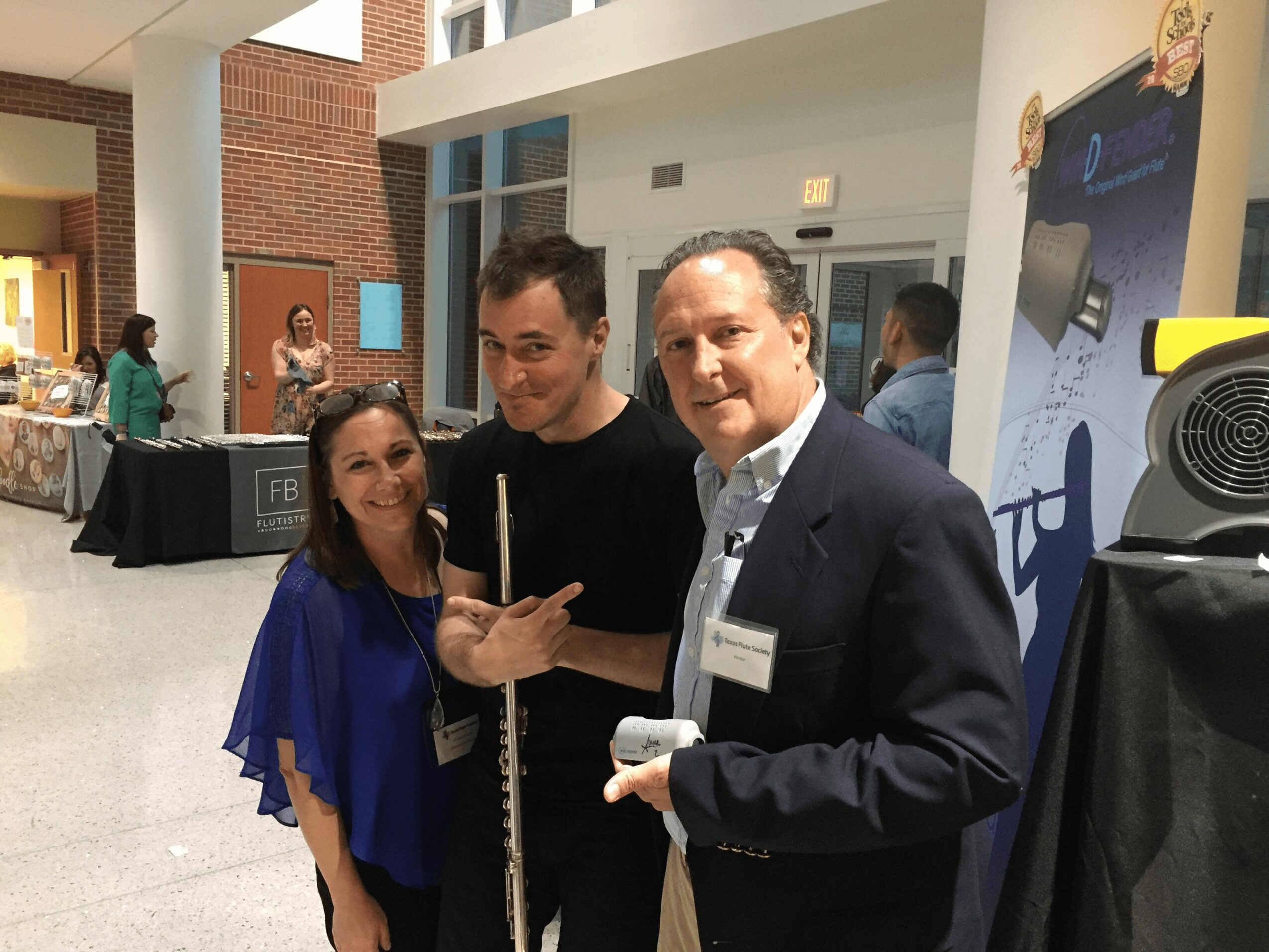

Today we’d like to introduce you to Nathan Mark Dooly
Hi Nathan Mark, thanks for joining us today. We’d love for you to start by introducing yourself.
I have been a private music teacher in the Dallas/Ft Worth area since the late 1980s, averaging around 100 private students each week. I began traching while a student at UNT to pay my way through college, and graduated from UNT in 1992 with a degree in Jazz Studies/Arranging. Most of my students are saxophonists, but my system of music literacy works well for reading, writing, improvising music of all styles, so many of my students play other instruments as well.
My Wife, Christine Cleary, has a master’s degree in flute, and has been teaching a similar number of students for almost as long. Christine is also the current president of the Texas Flute Society. Christine and I met while teaching private lessons in Grapevine/Colleyville ISD in the mid 90s. We live in Grapevine with our two kids, Angela(11), Christopher(9), and our dogs Coco and Bella.
Around the time Christine and I met in the mid 90s, I had a humiliating experience playing flute in a local jazz combo. The band leader, Jim Blackwill, was a big Stan Getz fan, and was always calling latin tunes on the gigs. I decided to surprise the band and add a little variety by learning those songs on the flute. Our first gig after I had prepared those tunes was an outdoor wine tasting, officiated by the mayor, and we had 35 mph wind gusts that day. I did not know you couldn’t play flute in the wind-I had never tried. When I stepped to the mic to play my solo, a gust of wind hit me in the face, and the flute sound stopped. I tried again-no sound. The band was laughing. The audience was laughing. The Mayor was laughing. Ugh.
I started asking my flute friends, including my future wife, Christine, “how do flute players play in the wind? How do kids in marching band do it?” They all laughed and said “you can’t. Wind silences the flute”. Because the flutist’s air stream is not contained like with other wind instruments, it wind comes in contact with the airstream, the sound stops immediately.
So I started looking for a solution. Flutes have been around 65,000 years. Certainly someone has created a device to fix this problem. I wasn’t trying to invent anything-I was looking for something to buy. Nothing. So for years, I just turned down flute gigs if they were outside.
Around 2015, Christine and I teamed up with two engineer friends, Clem Kwok and Patrick Reeves, to develop WINDEFENDER,”The Original Wind Guard for Flute”. It took around two years to develop. Our field testers were some of the best flutists in the world-symphony players, college professors, professional musicians, etc. We also submitted for independent scientific testing at one of the largest music colleges in America. We started over 21 times to get it right. WINDEFENDER allows flutist to play in windy environments for the fist time in history, and as a secondary feature, reflects sound back to the players ears, acting as a personal acoustic monitor that can be used in an indoor setting as well for tuning, tone adjustment, etc. According to independent scientific testing, WINDEFENDER does not change the tone, tuning, timbre, projection, or response of the flute in any way discernible to a human ear, and the sound that reflects back to the player is harmonically closer to the way your audience hears you. In addition, WINDEFENDER improves recording and amplification by blocking the players air stream from entering the mic, allowing for optimal mic placement.
Over the last several years, we have demonstrated WINDEFENDER at many trade shows and flute festivals. In 2019 we were awarded a Best in Show award from School Band and Orchestra Magazine at the NAMM Show. WINDEFENDER currently has authorized dealers all over the world and we are thrilled to be helping flutist play confidently in any environment at marching competitions, concerts, rehearsals, and performances.
I’m sure it wasn’t obstacle-free, but would you say the journey has been fairly smooth so far?
The biggest struggle has been getting the word out. We are a tiny company with a shoestring budget and we rely mostly on social media and word of mouth for marketing.
Appreciate you sharing that. What else should we know about what you do?
Christine and I are both music teachers first, and most proud of our students and their accomplishments. We developed WINDEFENDER as another way to help the kids, and other musicians.
We’re always looking for the lessons that can be learned in any situation, including tragic ones like the Covid-19 crisis. Are there any lessons you’ve learned that you can share?
During Covid, many flutists began using WINDEFENDER as a shield to help reduce viral emissions. We were torn at the time, because WDF was not designed of tested for that purpose. We didn’t want to profit off the pandemic, but also didn’t want to tell people not to use WDF if it could help them. We just didn’t know. Late in the pandemic, the Texas Tech Medical Department performed an independent scientific study, and determined “WINDEFENDER helps reduce viral emissions”. Our understanding is that the study will be published in medical journals. We will provide the name of the study and participants if you need it.
Pricing:
- WINDEFENDER MSRP $50
Contact Info:
- Website: https://LetTheFlutesBeHeard.com


